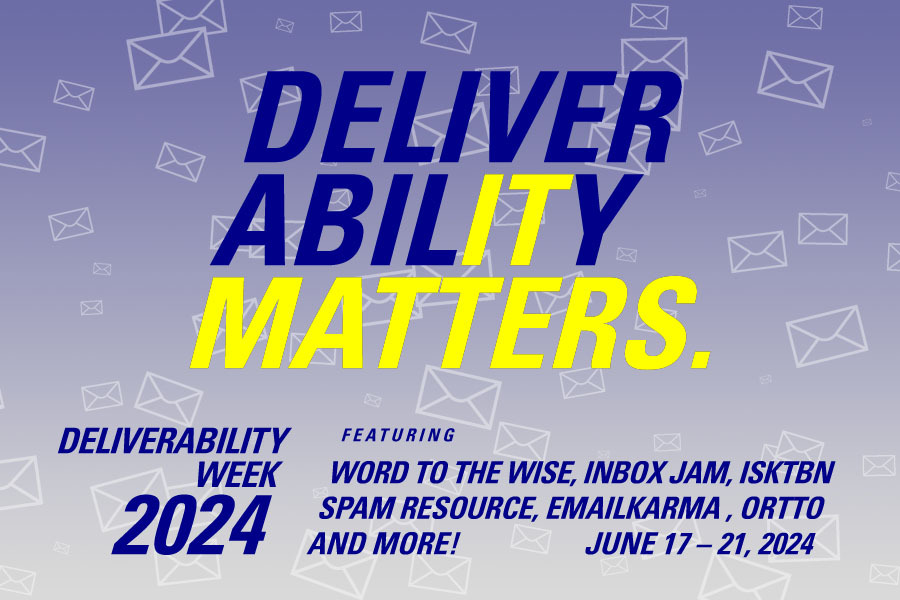Filter Evasion
- steve
- June 19, 2024
- Best practices , Delivery improvement


It’s deliverability week, so everyone is talking about deliverability. But I’d like to take a moment to mention deliverability’s evil twin from the mirror universe – filter evasion.
The goal of filter evasion seems at first sight very similar to that of deliverability – put the email in the inbox – but the two practices start from very different places.
Deliverability starts from a belief that most of the recipients of a campaign will be reasonably happy to see the email in their inbox, and will actively want to see some of the campaigns a list owner sends.
Filter evasion starts from the belief that if you can get the right email in front of the right person at the right time they’ll buy from it – and if that’s just 1% of the emails you send that’s enough make it profitable and it doesn’t matter how the other 99% of recipients perceive it.
Deliverability’s goal (for non-transactional mail, at least) is to have good inbox1 placement consistently for a mail stream over the long term, maintaining a relationship with recipients.
Filter evasion’s goal is to get that one perfect email in front of the one receptive recipient. That’s the sale, and there’s no need for any longer term relationship.
Deliverability is based on the consent of the recipients, to varying degrees. Even if the email address was originally acquired with slightly dubious consent, there needs to be some level of ongoing consent from the recipients to receive it, or they’ll just mark it as spam.
Filter evasion doesn’t really care about the 99% of recipients who aren’t interested at all, let alone their consent. The small fraction of recipients who get the right mail at the right time will be happy to receive it, I guess.
Deliverability is based on transparency, making it easy for a mailbox provider to recognise a mail stream. Consistent authentication, and a clear connection to the senders corporate domain. Clear, unobfuscated content in the body of the email that’s easy for content-based spam filters to read.
Filter evasion is based on obfuscation, so a mailbox provider doesn’t recognise mail as pretty much the same as mail they’ve previously blocked because recipients don’t want it. Throwaway domains, so blocking doesn’t impact the corporate domain. Obfuscated content to avoid naive filtering, and mislead more sophisticated filtering. Doing that one secret trick to get into the inbox2.
I could easily list a bunch more differences, but the general behaviour is very distinctive. If you think that a mailbox provider or reputation service staff noticing your mail, and knowing everything about your mail programme would lead to their blocking your mail … you’re doing filter evasion.
- yes, the promotions tab is the inbox ↩︎
- It’s hashbusters. That’s the secret trick. ↩︎


